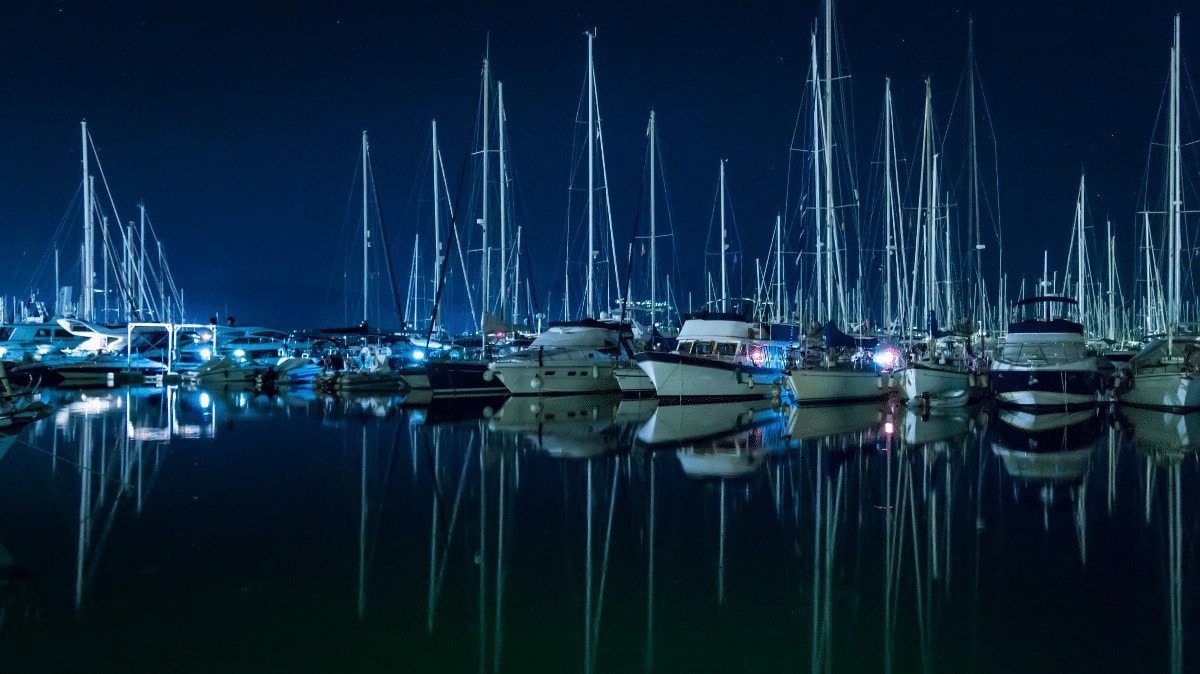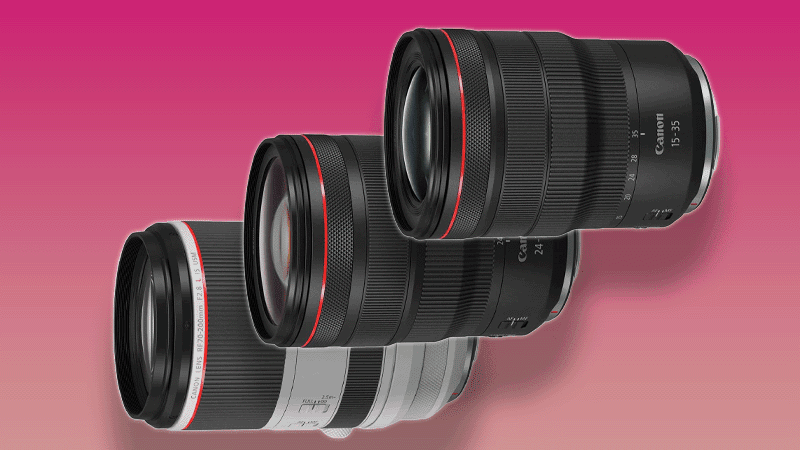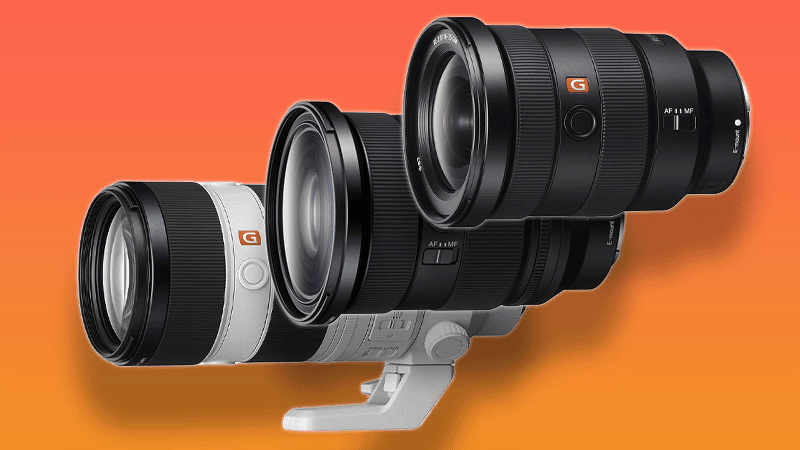During our comprehensive analysis aimed at identifying the premier lens for night photography, our investigation spanned across multiple weeks, incorporating a systematic evaluation method.
This process was designed to gauge lens performance in low-light scenarios, emphasizing factors such as low-light capability, adaptability, image clarity, and user-friendliness.
Our evaluation criteria led us to experiment with a diverse array of lenses across different nocturnal environments.
We conducted tests in a variety of settings, from urban areas bathed in artificial lighting to tranquil natural scenes under starlight, to thoroughly evaluate the performance of each lens.
The culmination of our efforts revealed that the lens with a focal length of 24-70mm and an aperture of f/2.8 stood out as the definitive choice.
Its superior aperture range offered the necessary versatility for capturing compelling low-light photographs, and its focal length range afforded remarkable flexibility across numerous low light photography scenarios.
This lens not only fulfilled but surpassed our criteria, establishing itself as the unrivaled selection for photographers dedicated to mastering night photography.
What makes a lens good for night photography?
- Wide Aperture: A lens with a wide maximum aperture (e.g., f/1.2, f/1.4, f/1.8, or f/2.8) is crucial for low-light photography. A wider aperture, also known as fast lens, allows more light to enter the lens, which is essential in low-light conditions. This feature enables photographers to use faster shutter speeds to capture sharp images without relying too much on high ISO settings, which can introduce noise.
- Lens Speed: Lenses with wide apertures are often referred to as “fast” lenses because they can achieve faster shutter speeds in low light. Fast lenses are particularly beneficial for capturing scenes with minimal motion blur and for astrophotography, where precision is crucial.
- Focal Length: The choice of focal length depends on the subject and scene. Wide-angle lenses (e.g., 14mm, 20mm, 24mm) are preferred for landscape night photography and astrophotography, as they can capture a vast portion of the sky and landscape. Telephoto lenses with longer focal length, might be chosen for isolating distant night scenes or celestial objects.
- Image Stabilization: Optical image stabilization can be beneficial, especially when shooting handheld in low light conditions. It allows photographers to use slower shutter speeds without introducing blur from camera shake. However, for very long exposures, such as those used in astrophotography, a tripod is essential, diminishing the importance of image stabilization.
- Manual Focus Ring and Infinity Focus: Accurate focusing is challenging in the dark. Lenses that offer a smooth, precise manual focusing ring can help photographers achieve sharp focus on stars or distant lights. The ability to easily set the lens to infinity focus is particularly useful for astrophotography.
- Optical Quality and Coma Performance: High optical quality with minimal aberrations (like chromatic aberration, distortion, and coma) is important. Coma or comatic aberration, where points of light appear as comet-like shapes towards the edges of the image, can be particularly distracting in night sky photography. Lenses designed to minimize these aberrations will produce clearer, more detailed images.
- Durability and Weather-Sealing: Night photography often involves shooting in challenging conditions. Lenses that are weather-sealed offer protection against moisture and dust, which is beneficial for photographers who shoot outdoors.
The “Holy Trinity of Lenses”
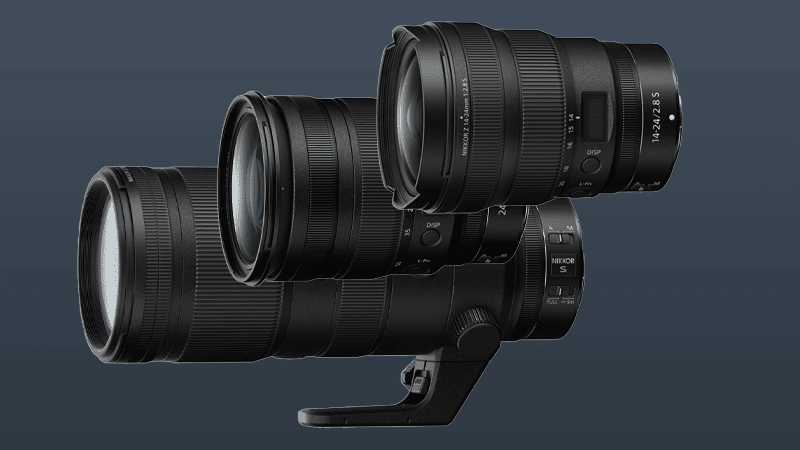
The “Holy Trinity of Lenses” is a term popular among photographers, referring to a set of three zoom lenses that cover a wide range of focal lengths, from wide-angle to telephoto. These lenses are highly regarded for their versatility, image quality, and fast apertures, making them suitable for a variety of photography genres, including low-light photography. The trinity typically consists of:
- Wide-Angle Zoom Lens: Generally, covers focal lengths from around 14mm to 24mm. This lens is essential for capturing expansive landscapes, cityscapes, or astrophotography scenes at night. The wide-angle perspective allows for the inclusion of more of the scene in the frame, making it ideal for capturing the vastness of the night sky or the breadth of an urban landscape lit up at night.
- Standard Zoom Lens: Covers the standard focal length range of approximately 24mm to 70mm. This is the most versatile lens of the trio, suitable for a wide range of photography, including street, portrait, and event photography. For night photography, this lens is excellent for capturing scenes with a perspective similar to that of the human eye, making it ideal for night events or lower-light situations where a fast aperture can help capture more light.
- Telephoto Zoom Lens: Extends from around 70mm to 200mm. This lens allows photographers to zoom in on distant subjects, making it perfect for isolating subjects, capturing details in the night sky (such as the moon), or compressing scenes in a way that brings elements closer together in the frame. The telephoto zoom is invaluable for night sports or wildlife photography, where the subject may not be close to the photographer.
Photographers love the “Holy Trinity of Lenses” for several reasons:
- Versatility: Together, these three lenses cover a focal length range from wide-angle to telephoto, making it possible to shoot almost any subject or scene without frequently changing lenses.
- Image Quality: These lenses are often designed to deliver superior image quality, with sharpness across the frame, minimal lens distortion, and good control over chromatic aberrations. Their optical performance is usually among the best available for zoom lenses.
- Fast Apertures: The “Holy Trinity” lenses typically have fast, constant apertures (e.g., f/2.8), allowing more light to reach the sensor, which is crucial for low-light and night photography. This feature helps to keep ISO levels lower, reducing noise and improving image quality in challenging light conditions.
- Build Quality: They are generally well-built, with robust construction and weather sealing, allowing photographers to use them in various environments, including harsh weather conditions often encountered during night photography sessions outdoors.
This set represents a significant investment but is considered by many photographers as a comprehensive, high-performance kit that meets a wide range of photographic needs, especially for serious enthusiasts and professional photographers who require the best quality and flexibility from their gear.
Each major camera manufacturer, such as Canon, Nikon, Sony, Tamron, and Sigma offers their own version of the Holy Trinity, tailored to their specific camera mounts and systems:
Why Prime Lenses are Good for Night Photography
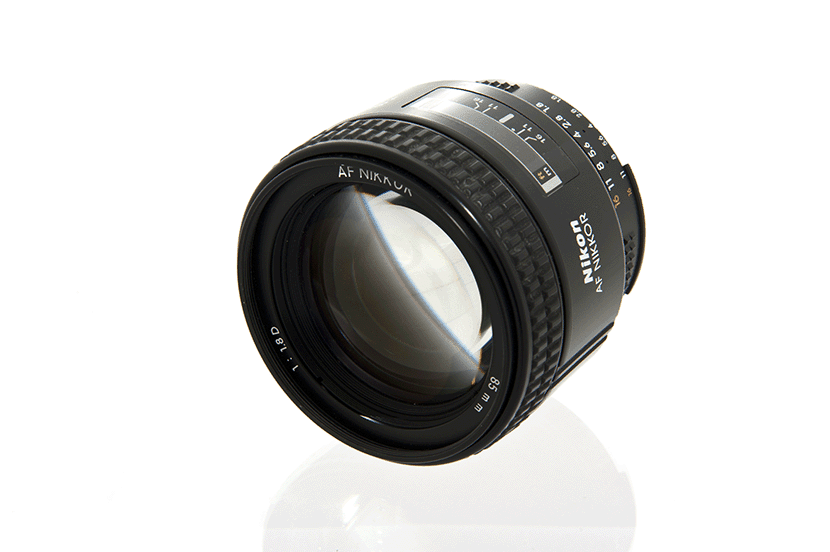
- Large Apertures: Prime lenses typically offer larger maximum apertures (e.g., f/1.4, f/1.8) compared to zoom lenses. These wide apertures allow more light to hit the camera sensor, significantly improving the camera’s ability to shoot in low-light conditions without compromising on shutter speed or ISO. This is particularly beneficial for nighttime photography, where light is scarce.
- Sharpness and Image Quality: Prime lenses are renowned for their sharpness and superior image quality. With fewer lens elements than zoom lenses, prime lenses often produce images with less distortion and fewer aberrations. This clarity and detail are crucial for capturing the intricate beauty of night scenes, from the delicate patterns of stars in the night sky to the crisp outlines of urban architecture.
- Lightweight and Compact: Many prime lenses boast a compact and lightweight design, making them ideal for photographers on the move or those who prefer to travel light. This is especially beneficial for night photographers who may find themselves hiking to remote locations for astrophotography or navigating crowded city streets for urban night scenes.
- Bokeh Quality: The wide apertures of prime lenses not only allow for more light intake but also contribute to a shallower depth of field, rendering beautifully blurred backgrounds or “bokeh.” This effect can add an artistic touch to night portraits or cityscapes, where light sources create appealing bokeh shapes.
Advantages of Prime Lenses in low light Photography
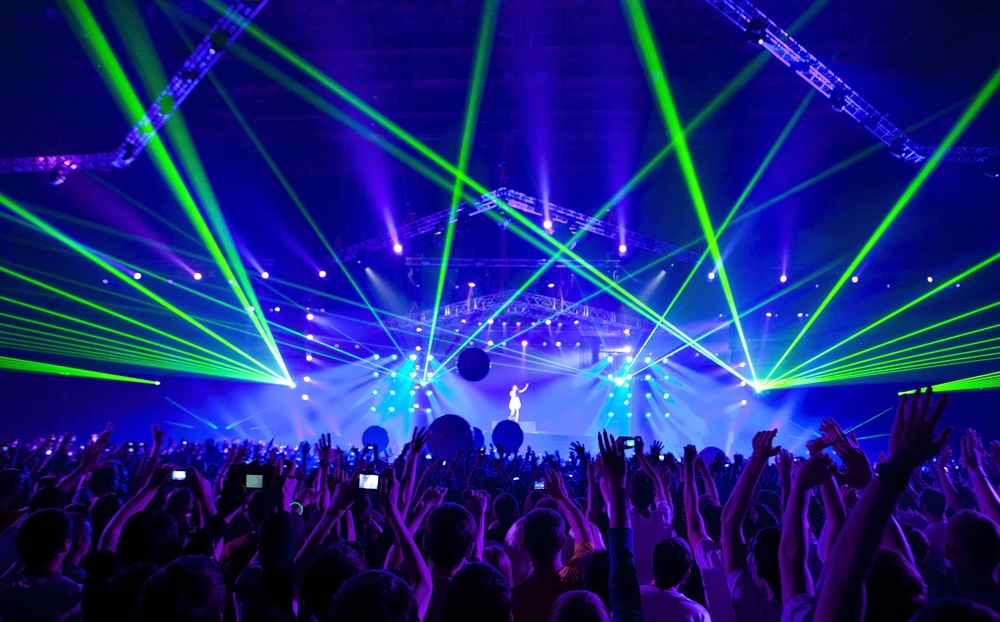
- Low-Light Performance: The ability to shoot at wider apertures means photographers can capture sharp, clear images in low light conditions without resorting to excessively high ISO settings, reducing noise in the final image.
- Creative Control: The fixed focal length of prime lenses encourages photographers to move and explore different compositions, leading to more creative and thoughtfully framed shots. This physical interaction with the environment can inspire more dynamic and engaging night photography.
- Faster Shutter Speeds: With larger apertures, photographers can use faster shutter speeds to freeze motion, which is particularly useful for capturing moving subjects at night, such as vehicles in a cityscape or the fleeting moment of a shooting star.
What Photographers Love About Prime Lenses for Night Photography
Photographers cherish prime lenses for their ability to capture the essence of the night with unparalleled clarity and artistic flair. The combination of wide apertures, exceptional image quality, and the creative constraints imposed by a fixed focal length pushes photographers to approach low light photography with a mix of technical prowess and imaginative vision. The tactile experience of working with a prime lens, along with the visual rewards it offers, makes it a beloved tool among night photographers who aim to convey the depth and mystery of the nocturnal world through their lens.
50mm f/1.2 Lens – Available for Canon, Nikon and Sony (DSLR and Mirrorless)
The 50mm f/1.2 lens stands out in night photography for its outstanding light-gathering capability, crucial for shooting in low-light situations. Its wide f/1.2 aperture enables photographers to capture well-exposed images with reduced noise and beautiful background blur, emphasizing subjects against night scenes. This lens offers great creative flexibility, allowing for a shallow depth of field and precise subject isolation. Perfectly suited for capturing everything from dynamic street scenes to detailed urban landscapes at night, the 50mm f/1.2 combines optical precision with versatility, making it a favorite among photographers looking to excel in night photography.
Sony FE 50mm F1.2 GM Full-frame Standard Prime G Master Lens
85mm f/1.2 Lens – Available for Canon, Nikon and Sony (DSLR and Mirrorless)
The 85mm f/1.2 lens is prized for night photography due to its exceptional capability to capture light, making it perfect for low-light conditions. Its wide f/1.2 aperture ensures images are bright and clear, with minimal noise and striking bokeh, enhancing the visual appeal of night scenes. This lens affords photographers significant creative control, allowing for a shallow depth of field and precise focus on subjects against the night backdrop. Ideal for both atmospheric landscapes and vivid portraits under starlit skies, the 85mm f/1.2 lens blends optical excellence with versatility, making it an indispensable tool for night photography enthusiasts.
Sony FE 85 mm F1.4 GM Full-frame Telephoto Prime G Master Lens
35mm f/1.4 Lens – Available for Canon, Nikon and Sony (DSLR and Mirrorless)
For night photography, the 35mm f/1.4 lens is highly recommended due to its impressive performance under low-light conditions. It features an aperture of f/1.4, which significantly enhances its ability to gather light, enabling the capture of clear images with minimal noise in poorly lit environments. This aperture also contributes to a pleasing bokeh effect, highlighting subjects against nighttime backgrounds by blurring the surroundings. The lens affords photographers considerable creative freedom, thanks to its capacity for a moderately shallow depth of field and effective distinction between subjects and their backgrounds. It is especially suited for shooting wide nightscapes and dynamic street scenes, offering a natural perspective. The combination of high optical quality and adaptability makes the 35mm f/1.4 lens a preferred option for those looking to explore the nuances of night photography.
Tamron SP 35mm f/1.4 Di USD Lens for Nikon F
Rokinon AF 35mm f/1.4 Auto Focus Wide Angle Full Frame Lens for Sony FE Mount
Sigma 35mm F1.4 Art DG HSM Lens for Canon
24mm f/1.4 Lens – Available for Canon and Nikon DSLRs, Sony Mirrorless Systems
The 24mm f/1.4 lens is the best choice for those in need of a wide-angle prime lens equipped with autofocus capabilities. Its 24mm focal length is sufficiently broad to encompass segments of the Milky Way and a significant portion of the night sky, making it ideal for astrophotography. The f/1.4 aperture offers the advantage of fast exposure settings, facilitating handheld shooting in low light conditions. Beyond its nighttime applications, this lens is versatile enough for capturing daytime landscapes and environmental portraits, showcasing its utility across various photography genres.
Sony FE 24mm F1.4 GM Full-frame Wide-angle Prime G Master Lens
Sigma 24mm f/1.4 DG HSM Art Lens for Canon EF and Nikon F
SIGMA 14mm F1.8 DG DN Art Lens (for Canon EOS Cameras and Nikon Cameras)
The SIGMA 14mm f/1.8 lens stands out as a great choice for photographers seeking an ultra-wide-angle prime lens with autofocus functionality. Its 14mm focal length provides an expansive field of view, making it perfect for capturing vast landscapes, architectural wonders, and the night sky, including detailed Milky Way shots. With an f/1.8 aperture, it excels in low-light conditions, allowing for handheld photography without sacrificing image quality. This lens not only excels in astrophotography but is also well-suited for a wide range of photographic needs, from environmental portraits to daytime scenic shots, offering versatility and high performance across different shooting scenarios.
SIGMA 14mm F1.4 DG DN Art Lens for (Canon EOS Cameras and Nikon Cameras)
Conclusion
In conclusion, the 24-70mm f/2.8 lens emerges as the clear victor in our roundup for the best lens for night photography, outshining its contenders with its exceptional versatility and superior low-light performance.
Its closest competitors, the 14-24mm f/2.8 lens and the 70-200mm f/2.8 lens, also deliver impressive results with their wide-angle capabilities and zoom range, respectively.
However, the 24-70mm f/2.8 lens’s ability to capture stunningly sharp images in dim conditions, combined with its flexibility to frame everything from wide landscapes to intimate portraits, sets it apart.
This lens not only meets but exceeds all the essential criteria for night photography as reviewed, including low-light capability, image sharpness, and versatility.
It stands as the quintessential choice for photographers looking to elevate their nocturnal imagery, perfectly embodying the blend of performance and adaptability that night photography demands.

